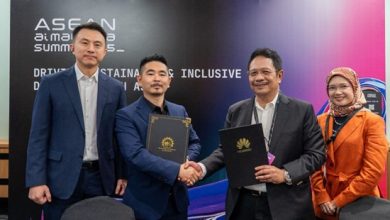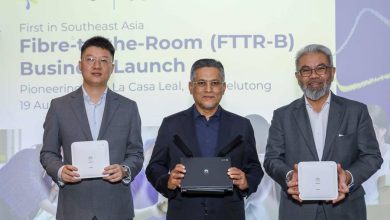Revolutionising Customer Experiences with AI-Driven Data Analytics


Today, every customer belongs to their unique marketing segment. Where once broad demographic segmentation was used for categorisation, this one-size-fits-all approach is no longer up to scratch. With consumer preferences increasingly nuanced, micro-segmentation is enabling tailored offerings and communications. This seismic shift to specific needs and preferences hinges on AI-driven data analytics. In fact, according to McKinsey, real-time personalisation has the potential to deliver as much as eight times the returns on investment (ROI) of marketing spend while increasing sales by 10%. However, achieving these numbers won’t be achieved if data is inaccurate and locked in multiple silos.
All too common today, what we have is a situation where the continued evolution of artificial intelligence-based analytics provides businesses with avenues opportunity to leverage data to easily create customer microsegments. Yet, at the same time, many businesses continue to struggle with extracting value from their data.
That said this is not an insurmountable challenge. The first two steps for organisations are to understand how to extract value from data and how to use AI to overcome the challenges presented by micro-segmentation.
Integration is key
When data is siloed and disparate, trying to undertake effective micro-segmentation is like rearranging the deck chairs on the Titanic.
In other words, because micro-segmentation depends on a deep understanding of customers, organisations simply can’t get that when there are holes in their data estate.
The key to overcoming this problem is to consolidate all internal and external data sources into one customer data platform. Data, then, needs to be made easily accessible to marketers in a simple-to-digest format.
Leveraging the power of AI
Despite that, for most companies the solution is within reach and simply requires modernising their data storage. AI can help in this regard by:
● Enabling data to be shared across all areas of the business, providing everyone access to greater insights
● Deploy visual data transformation that empowers people across diverse teams to understand data without code-wrangling
● Deliver highly personalised customer experiences based on deep data
● Recommend products based on data such as consumer purchasing history, engagement on social media and current trends
● With subtle nudges the bedrock of marketing, organisations can leverage AI to provide product recommendations that use contextual communication. This could look like recommending food items based on the weather; for example, “It’s a hot day outside: try one of our limited-edition fruit coolers”
According to IDC’s data-driven Intelligent Enterprise Survey, 8% of organisations have already industrialised AI/ML within their organisations and can leverage the technology for a wide variety of use cases. Most organisations, about 64%, are exploring ways to accelerate AI adoption and maturity. IDC expects Asia/Pacific including Japan (APJ) organisations to increase spending in AI.
Getting personalisation right rests on having fast and frictionless access to accurate data. Thanks to data modernisation and AI’s ability to quickly access insights from huge amounts of data, marketers can meet consumers where they are to distinguish their brands from their competitors.
Tapping into expertise
Although it is no doubt daunting, putting data to work doesn’t need to be a sole endeavour. Organisations looking to modernise their data estates can leverage vendors who have the expertise to apply deep technical and business process expertise at scale. Automatically, this positions organisations to design and build data new architectures that accelerate innovation and speed up the pace at which they realise value.
Through the adoption of robust data platforms, organisations can harness the power of data modernisation to increase their business success, efficiency and customer engagement — with significant reductions in implementation time and cost.
Ultimately, when data works harder for the business, organisations can push the boundaries of what their resources can do. This sets them up to further and deliver intelligent applications and services. The key is to look for experts who combine deep technical and business expertise with leading cloud-native AI development processes and machine-learning algorithms.




